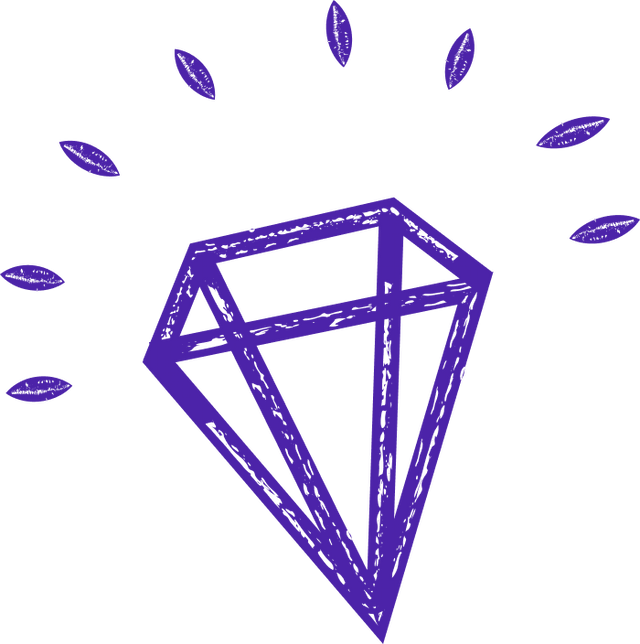
object serialization
Object serialization
What is Object Serialization
Object serialization is a fundamental concept in software development that allows objects to be converted into a stream of bytes, which can then be stored in a file, transmitted over a network, or even persisted in a database. This process is essential for preserving the state of an object and enabling its reconstruction at a later time or on a different machine.
At Startup House, we understand the importance of object serialization in building robust and scalable software applications. In this article, we will delve into the intricacies of object serialization, its key principles, and its relevance in modern software development.
Background
Object serialization has been around for decades and has evolved alongside the advancements in computer hardware and software. It gained prominence with the rise of distributed computing, where objects needed to be transmitted between different machines or stored for future use.
Initially, object serialization was primarily used for data persistence, allowing objects to be stored in a file system or a database. However, as distributed systems became more prevalent, the need for object serialization to facilitate network communication became apparent.
Today, object serialization is a core component of many programming languages and frameworks, enabling developers to easily transfer and store complex data structures across different platforms and environments.
Key Principles
Object serialization is based on a few key principles that ensure the integrity and portability of the serialized objects. These principles include:
- State Preservation: Object serialization ensures that the state of an object, including its instance variables and relationships with other objects, is preserved during the serialization process. This allows the object to be reconstructed accurately when deserialized.
- Platform Independence: Serialized objects can be transferred between different platforms and environments without losing their integrity. The serialization format is typically language-agnostic, allowing objects to be serialized in one programming language and deserialized in another.
- Versioning: Object serialization supports versioning, allowing for the evolution of object structures over time. This ensures backward and forward compatibility when deserializing objects serialized with different versions of the software.
- Security: Object serialization provides mechanisms for securing the serialized data, such as encryption and digital signatures. This ensures that the serialized objects cannot be tampered with or accessed by unauthorized parties.
Components of Object Serialization
Object serialization involves several components that work together to serialize and deserialize objects. These components include:
- Object Graph: The object graph represents the interconnected relationships between objects. It includes the object being serialized as well as any referenced objects.
- Serialization API: Programming languages and frameworks provide APIs for serializing and deserializing objects. These APIs handle the conversion of objects to bytes and vice versa.
- Serialization Format: The serialization format determines how the object is represented in the serialized form. Common formats include JSON, XML, and binary formats.
- Serialization Metadata: Metadata, such as class names and version numbers, is often included in the serialized data to aid in deserialization and versioning.
By understanding these components and principles, developers at Startup House can leverage object serialization to build efficient and scalable software applications that can seamlessly transfer and persist complex data structures.
In conclusion, object serialization plays a pivotal role in modern software development, enabling the preservation, transfer, and persistence of complex objects. At Startup House, we recognize the importance of this concept and utilize it to deliver high-quality software solutions that meet the evolving needs of our clients.
Let’s build your next digital product — faster, safer, smarter.
Book a free consultationWork with a team trusted by top-tier companies.








